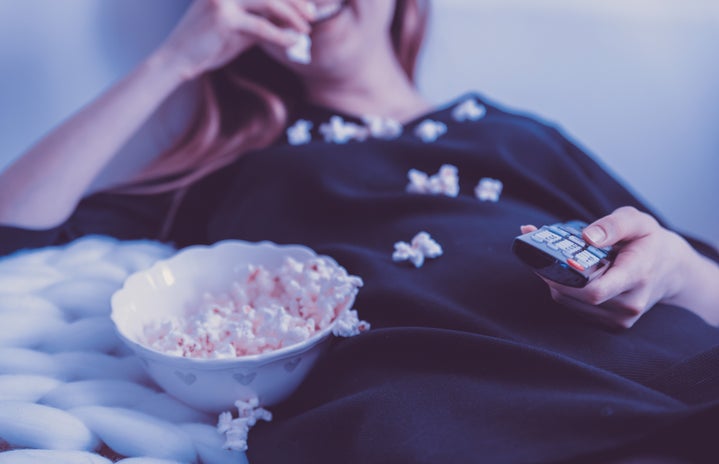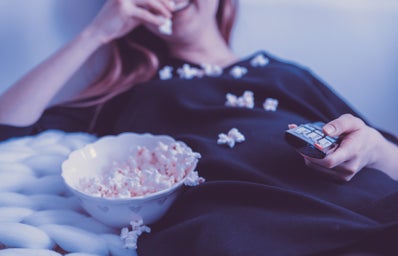Growing up, it was easy to flip through channels and find dozens of run-of-the-mill, male-centric cartoons. Ben 10, American Dragon: Jake Long, and even Spongebob Squarepants failed to give me the sense of female empowerment that I arguably needed at a young age. However, there were a handful of shows that stood out; not only did they feature strong female leads, but their personal impact and insight on girls and women paved the way for animation in the decades to come.
1. Totally Spies
Although I didn’t one day anticipate working for a secret organization that would whisk me away on missions at any given moment, it was humorous to watch the three protagonists of Totally Spies deal with it. Sam, Clover, and Alex were high school BFFs who juggled school, work, and just about anything else teenagers think is a ‘big deal’. Always armed with the latest spy tech (i.e. a compact mirror that doubled as an evidence analyzer), these three girls taught me that it was possible to be both fashionable and fierce.
2. Kim Possible
With a live-action adaptation in the works, a new generation of viewers will be exposed to Kim Possible, a cheerleader and freelance agent. Accompanied on action-packed missions by her best-friend-turned-boyfriend Ron Stoppable, audiences watched the duo navigate high school all the way up until graduation. The Disney Channel show promoted feminism by including a cast of racially diverse female characters and shaped Kim up to be a role model for girls worldwide. Hopefully, the show’s legacy will translate well to current viewers, and people will be humming “Call Me, Beep Me” on the streets once again.
3. My Life as a Teenage Robot
Jenny Wakeman was your typical girl next door with one distinct difference: she was a robot. Built with the appearance and mentality of a 16-year-old, Jenny was tasked with protecting Earth with the help of her human best friend, Brad, and Brad’s little brother, Tuck. At the same time, however, she sought to live out a relatively normal “human” life. Jenny had to balance the troubles of high school drama queens and robotic evil forces, but perhaps her greatest struggle was with female and teenage identity. Quite literally configured to be a teenage girl, Jenny often questioned what it meant to be either while also exploring her meaning as a mechanized heroine. This internal debate potentially resonated with girls who were questioning what society expected of them, something other cartoons of the time wouldn’t dare to accomplish.
4. Danny Phantom
No, titular character Danny Fenton was not female and neither was his ghostly persona. Still, that didn’t stop this Nickelodeon cartoon from hosting its fair share of female roles. Sam Manson was a visionary; she challenged feminine norms and constantly fought for her individuality. Along with Sam, Danny Phantom also featured: Jazz Fenton (Danny’s older sister who aspired to go to Yale), Maddie Fenton (Danny’s mom who more often than not outwitted her husband), Valerie Gray (a ghost hunter who didn’t deal with anyone’s idiocy), and a slew of female ghostly enemies who proved to be quite the challenge. Whether playing the hero or the villain, Danny Phantom’s female characters performed spectacularly.
5. Winx Club
Last but certainly not least, Winx Club wasn’t originally on any of the three big children-geared networks (Disney Channel, Nickelodeon, and Cartoon Network), but its mark was left on audiences worldwide. An Italian-penned cartoon, Winx Club first arrived in America on 4Kids before Nickelodeon later acquired the rights for a re-dub. Either way, the show kept its focus on one central theme: friendship. No matter the enemy, this group of fairies overcame it all by sticking together. They proved that fairies weren’t the dainty mythical creatures society made them out to be. Winx Club made me believe in what they called ‘the power of winx’, or really, the strength of the bonds women form with each other.


